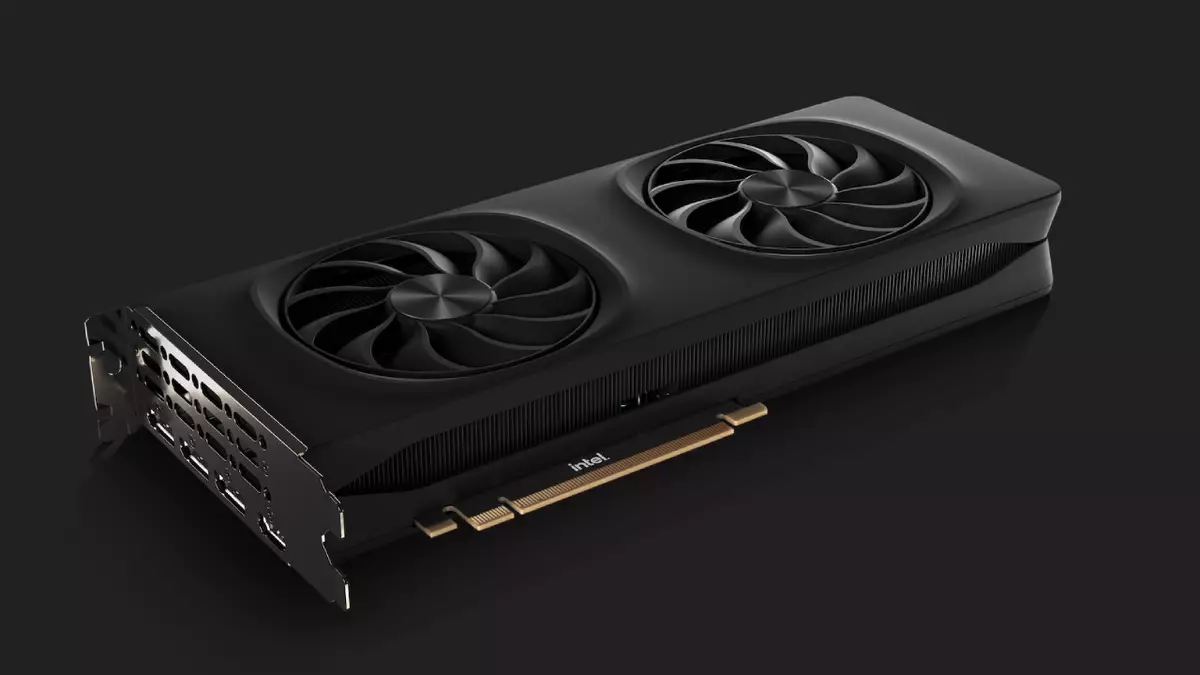Intel has recently taken a significant step in the graphics processing unit (GPU) market by rolling out its second-generation gaming GPUs, popularly known under the codename “Battlemage.” The release of the Arc B580 and B570 graphics cards marks a noteworthy progression in Intel’s ongoing effort to carve a niche in a competitive industry dominated by heavyweights like Nvidia and AMD. While the initial target is somewhat modest—competing primarily with Nvidia’s low-end RTX 4060—there are intriguing developments that suggest a promising trajectory for Intel’s gaming ambitions.
Central to Battlemage’s appeal is the introduction of the updated upscaling technology, XeSS 2. This iteration not only enhances visual performance but also incorporates frame generation, aligning it more closely with the capabilities offered by Nvidia’s DLSS (Deep Learning Super Sampling). The intriguing aspect is that Intel’s GPUs come equipped with XMX cores—AI accelerators that serve a similar purpose to Nvidia’s Tensor cores. This feature allows Battlemage to effectively utilize AI for image upscaling, setting itself apart from AMD, whose current graphics offerings lack equivalent technology.
Intel’s approach to frame generation is particularly noteworthy. By analyzing data from previous frames, including important parameters such as motion vectors and depth information, the graphics engine is able to interpolate additional frames. This capability has shown potential in dramatically boosting frame rates. For instance, in a test with the game F1 24 at 1440p, the performance skyrocketed from 48 frames per second (fps) to an astonishing 186 fps in the highest performance mode with the new upscaling and frame generation features combined. Such figures are truly compelling and highlight the technical prowess embedded within Battlemage.
Complementing the impressive features of XeSS 2 is Intel’s introduction of XeLL (which stands for low latency), a technology designed to reduce input lag drastically. Intel claims that with XeLL, they can lower latency from 57 milliseconds to 32 milliseconds when operating at just under 50 fps. This is particularly important for competitive gamers who demand quick response times to maintain a competitive edge. Furthermore, XeLL offers the promise of offsetting latency that might be introduced when enabling frame generation features, allowing gamers to benefit from enhanced visuals without sacrificing performance.
The synergy of XeSS-SR (Super Resolution) and XeSS-FG (Frame Generation) bolstered by XeLL positions Intel as a formidable contender against Nvidia. In theory, using these technologies cohesively should afford gamers improved graphics while maintaining low latency—an ideal scenario for those who desire buttery smooth gameplay.
While the promise of Battlemage and its associated technologies is significant, questions remain regarding actual performance and user experience. Despite Intel’s bold claims about frame rate improvements and lower latency, the real-world gaming environment often presents a challenging battleground for new technology. Factors such as game optimization, driver support, and the competitive landscape will all play crucial roles in determining how well XeSS 2 performs against Nvidia’s DLSS and AMD’s FSR (FidelityFX Super Resolution).
Intel’s entry into the second-generation GPU landscape can be seen as a double-edged sword. On one hand, the advancements in AI-driven graphics processing and the comprehensive feature set indicate a serious commitment to competitive gaming. On the other hand, the company has set high expectations that it must now meet, especially among discerning gamers keen on maximizing their investment in hardware.
Intel’s Battlemage GPUs represent an important expansion in the ongoing GPU rivalry. With promising technologies such as XeSS 2 and XeLL, the company appears to have positioned itself well against established players like Nvidia and AMD, yet only time will reveal the genuine impact of these innovations on the market. Gamers and industry analysts alike will be watching closely to assess how Intel’s offerings evolve and how they hold up in practical applications amidst the intense competition of the gaming graphics arena. The path ahead is undoubtedly fraught with challenges, but Intel’s determined foray into the GPU market sets the stage for a thrilling future in gaming technology.

